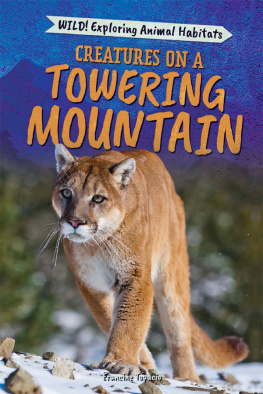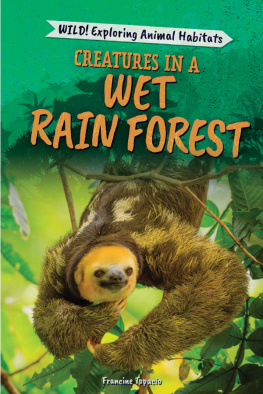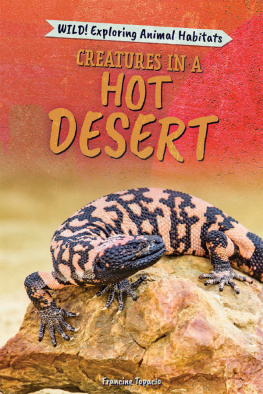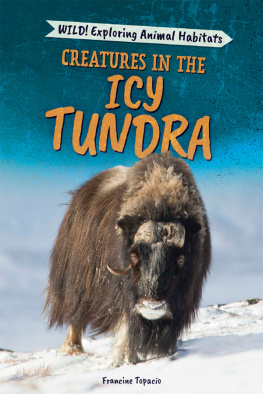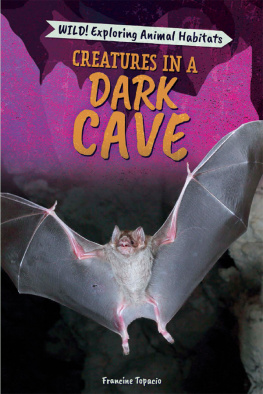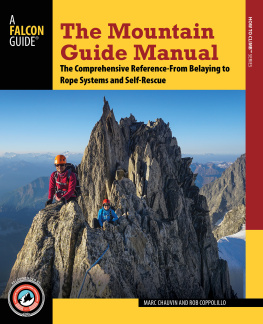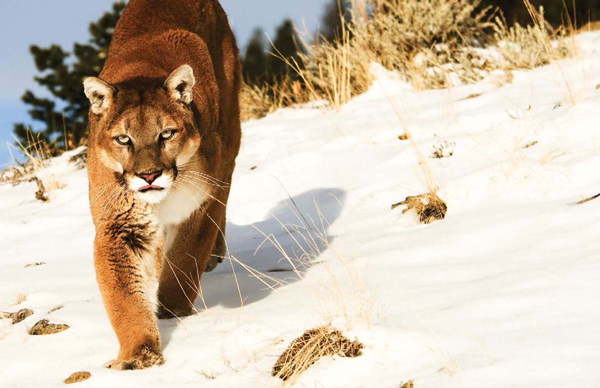Published in 2020 by The Rosen Publishing Group, Inc.
29 East 21st Street, New York, NY 10010
Copyright 2020 by The Rosen Publishing Group, Inc.
All rights reserved. No part of this book may be reproduced in any form without permission in writing from the publisher, except by a reviewer.
Copyright 2011; revised edition 2020
Editor: Elizabeth Krajnik
Book Design: Reann Nye
Photo Credits: Cover Ibrahim Suha Derbent/Photodisc/Getty Images; Series Art Lidiia/Shutterstock.com; p. 4 907Shots/Shutterstock.com; p. 5 Joe McDonald/ Corbis Documentary/Getty Images Plus/Getty Images; p. 6 Galyna Andrushko/ Shutterstock.com; p. 7 FiledIMAGE/Shutterstock.com; p. 8 Federico.Crovetto/ Shutterstock.com; p. 9 (top) kavram/Shutterstock.com; p. 9 (bottom) Dave Allen Photography/Shutterstock.com; p. 10 Scott E Read/Shutterstock.com; p. 11 Frenchwildlifephotograher/Shutterstock.com; p. 13 critterbiz/Shutterstock.com; p. 14 MZPHOTO.CZ/Shutterstock.com; p. 15 Richard Seeley/Shutterstock.com; p. 17 PhotocechCZ/Shutterstock.com; p. 18 zahoor salmi/Moment/Getty Images; p. 19 pawopa3336/iStock/Getty Images Plus/Getty Images; p. 21 Chris Curtis/ Shutterstock.com; p. 22 Robert Crum/Shutterstock.com.
Library of Congress Cataloging-in-Publication Data
Names: Topacio, Francine.
Title: Creatures on a towering mountain / Francine Topacio.
Description: New York : PowerKids Press, 2020 | Series: Wild! exploring animal habitats | Includes glossary and index.
Identifiers: ISBN 9781725304482 (pbk.) | ISBN 9781725304505 (librarybound) | ISBN 9781725304499 (6 pack)
Subjects: LCSH: Mountain ecology--Juvenile literature. | Mountain animals--Juvenile literature.
Classification: LCC QL113.T67 2020 | DDC 591--dc23
Manufactured in the United States of America
CPSIA Compliance Information: Batch #CSPK19. For Further Information contact Rosen Publishing, New York, New York at 1-800-237-9932.
MOUNTAIN BASICS
Mountains are some of the harshest habitats on Earth. From the bottom of the mountain to the top, there are great changes in the temperature, weather, and which plants and animals live there. Even though mountains can be harsh habitats, many different plants and animals live there. The species, or kinds, of plants and animals depend on the elevation, or height above sea level.
Creature Corner
Denali National Park was created to protect Dall sheep from being overhunted. It was the first national park created to protect wildlife. Dall sheep are a species of bighorn sheep.
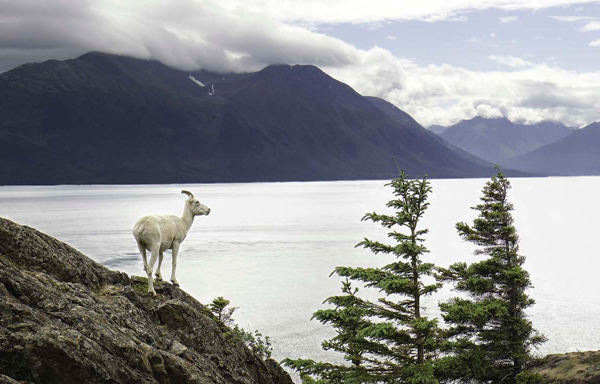
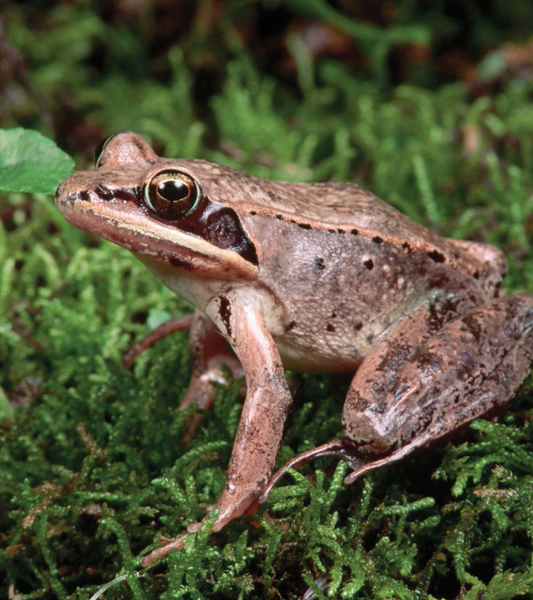
Only one species of amphibian lives in Denali National Park. The wood frog is smallonly about 0.4 to 2.75 inches (1 to 7 cm) long. They make loud calls in the spring.
The tallest mountain in the United States is Denali Peak in Alaska, which is part of the Alaska Range. Denali is 20,310 feet (6,190 m) tall. Denali is home to many species of mammals, birds, and bugs.
MOUNTAINS EVERYWHERE!
Every continent on Earth has mountains. Some mountains are made when large pieces of Earths crust called tectonic plates crash into each other. Volcanoes form other mountains. The mountains in one part of the world are very different from the mountains in other parts of the world.
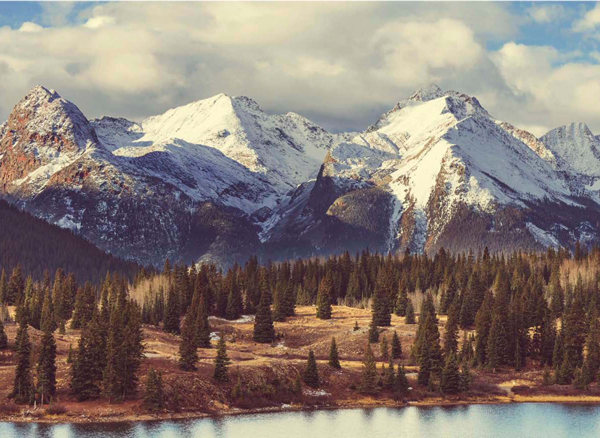
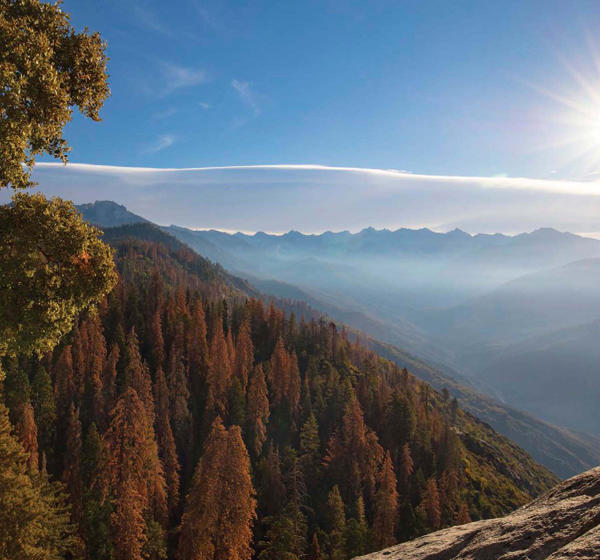
Sequoia trees are the tallest trees on Earth. Sequoia National Park in the Sierra Nevada Mountains is home to hundreds of thousands of these beautiful trees.
The United States has three major mountain ranges. Each of these mountain ranges is different and has different wildlife. The Appalachian Mountains are short and mostly covered in trees. The Rocky Mountains are tall and have distinct seasons. The Sierra Nevada Mountains are shorter than the Rocky Mountains, but taller than the Appalachian Mountains.
ALTITUDINAL ZONATION
Altitudinal zonation is how mountains are broken down into different ecosystems or zones based on altitude, or elevation. As altitude changes, so do temperature, what the soil is made up of, how much moisture is in the air, and other things that affect which plants and animals can live at certain altitudes.
Creature Corner
The Alpine salamander is one of the rarest amphibians in the world. It was discovered in 1988 on the slopes of Monte Viso in the Alps.

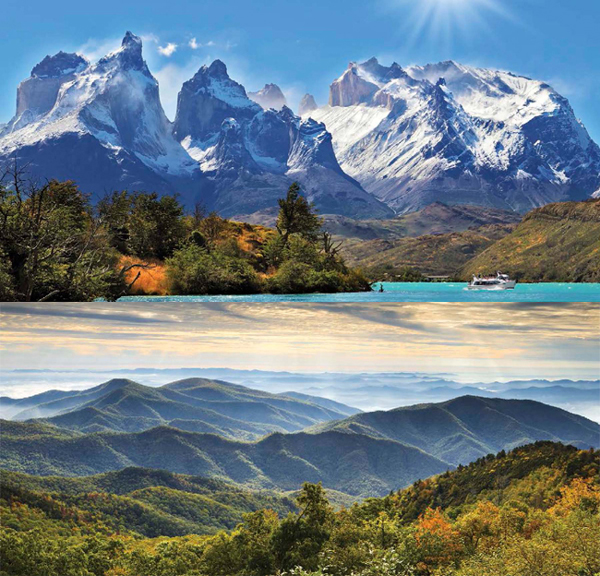
The type of zones a mountain has depends on where the mountain is. A mountain in the Andes, top, wont have all the same zones as a mountain in the Appalachians, bottom.
The lowest zone of a mountain is the lowland zone. This zone is different based on its climate. The next highest level is the montane zone, which is covered in forests. The subalpine zone has fewer trees. In the alpine zone trees begin to disappear entirely. The nival zone, or snow zone, is covered in snow almost all year.
LOWLAND CREATURES
The lowland zones of mountains are home to a great number of creatures. On many mountains, some larger animals living in the lowland zone also live in the area surrounding the mountain. Other animals living in the lowland zone, such as deer, elk, and moose, migrate up the mountain to find food in the summer and back down in the winter. Predators such as wolves follow these prey animals.
Creature Corner
Mountain lions live in mountain environments from southeastern Alaska to southern Argentina and Chile. They hunt and kill larger mammals such as deer and smaller mammals such as rabbits and coyotes.
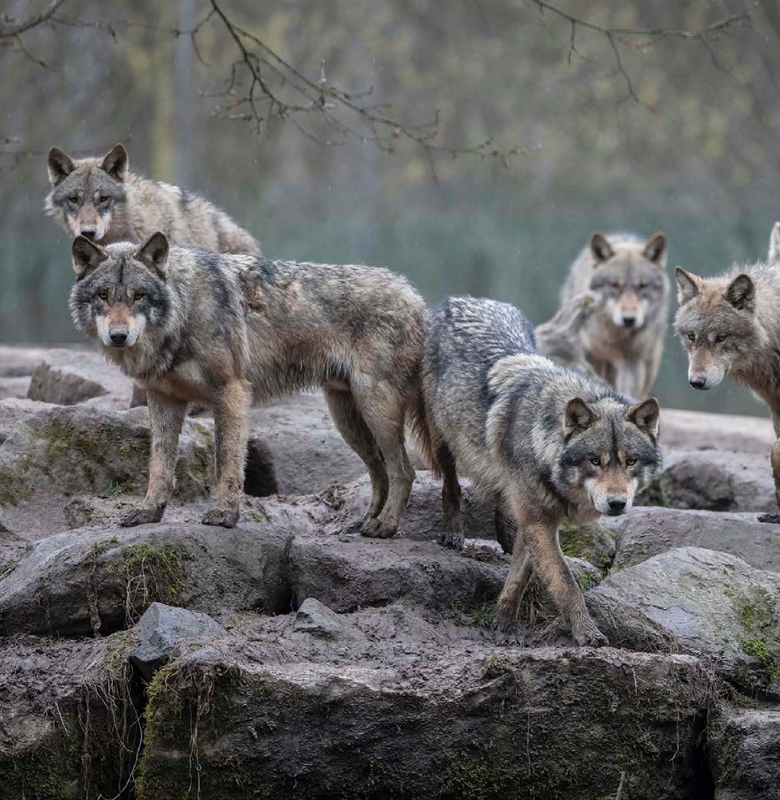
Wolves have an important job in lowland habitats. They control the number of animals that eat grasses, such as deer and elk. This helps keep the habitat balanced.
Many different species of birds make their homes in the trees of the lowland zone. Small mammals such as squirrels and raccoons also call this zone home. Amphibians such as turtles and salamanders are found in the lowland zone, too.
AMERICAN BLACK BEAR
The American black bear is the most common and well-known bear species in North America. They live on and around mountains, usually in forests. Black bears are omnivores, which means they eat plants and animals. They eat whatever they can find, such as berries, fish, and even dead animals. They eat huge amounts of food in the summer and fall to store up fat for their winter sleep.

